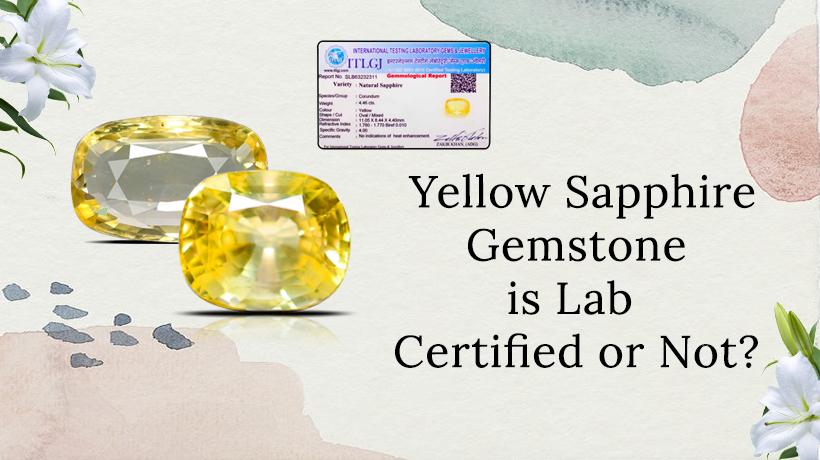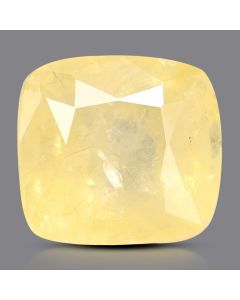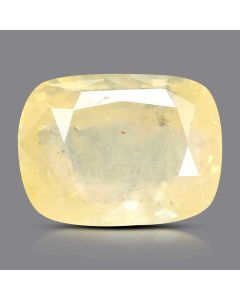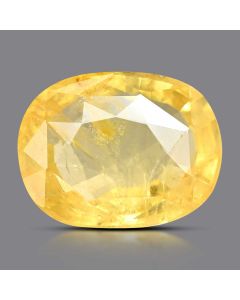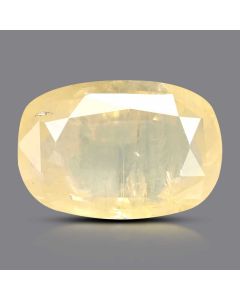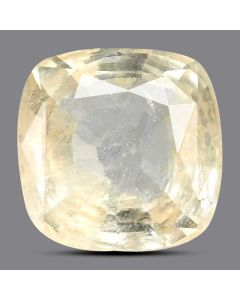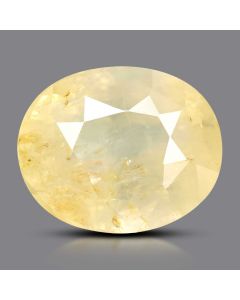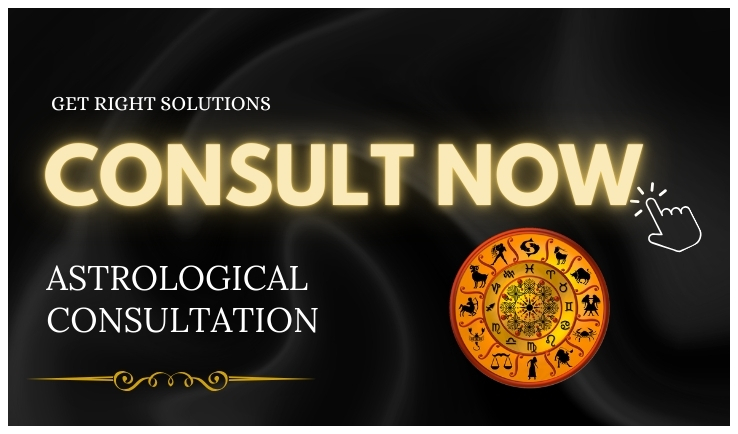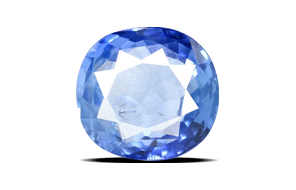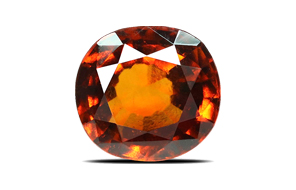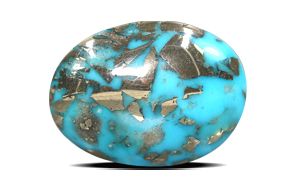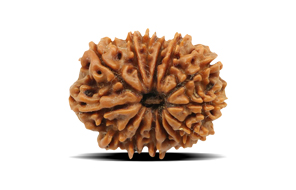Gemstones are the famous and demandable category of minerals. It comes in various attractive colors and shining hues. Gemstones come in precious and semi-precious categories. As per categories the price and quality of gemstones are changed. Some common gemstones include Ruby, Emerald, Pearl, and Yellow sapphire. Due to the high demand for gemstones and fulfilment people are selling the synthetic gemstone. These gemstones are developed in the labs and look like the original gemstone price. In this blog we will choose the yellow sapphire gemstone and cover "How to Know About Yellow Sapphire Is Certified or Not".
Yellow Sapphire Gemstone: A Brief Overview
In the category of the yellow sapphire gemstone which is also known as the name of "Pukhraj" is a precious gemstone. Which belongs to the corundum family. The color of yellow sapphire varies from pale yellow to honey yellow. Due to its attractive color, it is used in jewellery such as a wedding ring, pendants, necklaces, and many more.
Apart from this, It connects with astrology and has many astronomical benefits. It is counted as the birthstone of September and November month and suggests the Sagittarius and Pisces zodiac signs. Due to the ruling planet Jupiter, this gemstone provides the all positive power of the ruling planet to the wearer.
This gemstone improves the financial status of the wearer, bestowing the person with good health, name, fame, honor, and success. It helps establish peace, prosperity, and the continuation of the family.
Watch Us on YouTube @RASHIRATANBHAGYAOFFICIAL
Physical Properties of Yellow Sapphire
- Original pukhraj stones are simply crystallized alumina. When looking at their pure form, they are devoid of color.
- Natural yellow sapphire gemstone produces clear signs of slow crystallization, preserving some of the gemstone’s external elements that help with its identification.
- The gemstone’s specific gravity is 3.99, the mean refractive index (RI) is 1.765, and the hardness of 9 on the Mohs scale.
- Like other gemstones, Yellow sapphire or Pukhraj have some inclusions visible to the naked eye or under magnification.
- Original yellow sapphire gemstones often have feather-like inclusions. Sometimes it has fingerprint-like and lace-like impressions visible. If you ever find a yellow sapphire free from inclusions, it is either a piece of glass or a synthetic substance.
How To Tell If An Emerald Is Real Or Not?
Yellow Sapphire Gemstone Certification Report: What is it?
A gemstone certification ascertains the quality of a gemstone after evaluating it based on different quality parameters established by the industry to determine the quality and other characteristics of different gemstones. Trained gemologists prepare the report after subtly examining and measuring the minor details of a yellow sapphire gemstone. This report prepared and issued by a gemologist refers to the certification report and includes all measures of the characteristics of the stone.
Why Do We Need Gem Certification?
Since various fake gemstone dealers are dodging the customers by selling them synthetic and fake gemstones, a precious gemstone like pukhraj needs to undergo lab certifications. If you are a gemstone lover, you must buy yellow sapphire stones and other gemstones from an established gem laboratory, as they examine in detail and produce even the minute details of the gemstone. These include the color, shape, treatments, and chemical composition.
An expert gemologist with a reputed gemstone laboratory prepares a detailed report, incorporating subtle details of a particular gemstone comprising the gemstone’s color, weight, inclusion, refractive index, and beryllium treatment.
How to check Pukhraj Stone is Original
If you are picky with gemstones, yellow sapphire is a gorgeous choice to bring light to the day. However, often some gemstone dealers fool customers by selling fake stones. Therefore, it is essential to opt for lab-certified Yellow sapphire gemstones. How do you identify if your gemstones are lab certified? Most lab certified gemstones occur originally.To test original pukhraj stone, Here are some tips for determining if your favourite gemstone underwent lab certification.
Comparing it with Yellow Glass
To check pukhraj stone is original or not we can compare it with yellow glass. One of the easiest ways to check if you opted for a real gemstone is to compare it to a piece of yellow glass. lab-certified yellow sapphire gemstone has rich shading and clearness, and the piece of glass will give a pale look.
Presence of Bubbles
An original pukhraj comprises inclusions that can only be visible under a microscope. You cannot see them with your naked eyes. However, it might be fake if you notice tiny bubbles or a substance resembling a liquid glass.
Color Hues
From the natural paste of light yellow and lemon yellow to deep and golden yellow, yellow sapphire gemstone comes in various hues. However, the most common color certified by gemstone labs is the vibrant yellow or canary yellow shade having excellent color consistency. The brighter and purer the color, the more valuable your pukhraj.
Attractive Cut
The cut is another aspect that enhances the beauty of the stone. By cut, we refer to the facets present on the gemstone. Round, oval, cushion, pear, emerald, or heat, whatever cut you opt for, the gemstone allows passage of light, offering a unique sparkle and color. When purchasing yellow sapphire stone, look for any “X” sign or scissor cut on the facet. Original and lab certified stones do not have any such marks on their stone.
Check for the Scratches
Lab tested and certified yellow sapphire gemstones are free from any scratch. Moreover, pukhraj is an unbending and hard stone ranking 9.0 on the Mohs hardness scale. The only stone higher on the scale is diamond at 10.0. Furthermore, if you find even a minute scratch on the stone, rest assured that it’s fake.
How to Tell If Blue Sapphire Stone Is Real Or Fake?
Check for Fillings
Many stones include negative spaces and inclusions, and yellow sapphire is not an exemption. These imperfections result from cutting the gemstones and developing a small hole. Most jewelers and lab tested yellow sapphires have the hole's presence, proof of the gemstone's authenticity. Checking for the filling is simple. Just shine a light on the stone to examine it. If you find any uneven patches, it’s an indication of fillings within them. Avoid going for stones having fillings.
Check for Warmth
Are you dealing with a loose stone? You can hold it in your hand and check for its authenticity. When you hold a real and lab certified sapphire, you can feel the warmth on your palm. On the other hand, the stone might be synthetic and fake if you do not feel anything.
Ask for Certificate
It’s probably the easiest way to check the authenticity of your gemstone. A lab certified yellow sapphire comes with a certificate signed and stamped by the gemologist and the laboratory.
Conclusion
Most people love possessing yellow sapphire gemstones or pukhraj because of their bright and cheerful color. Whether you are choosing the best sapphire for your astrology ring, engagement ring, wedding necklace, or bracelet, ensure to check and opt for a lab certified original gemstone. Hope the article helped you choose the best real pukhraj for your purpose.
About The Author
Mr. Bharat Sharma, the head of the Digital Media team, has over 15+ years of experience in online media. He plays a vital role in developing strategy, ensuring quality, and providing support to customers. Highlights the experience and dedication to online marketing with natural crystals. He contributes the digital marketing knowledge to Rashiratanbhagya. Mr Bharat Sharma blends digital innovation with the ancient Vedic wisdom.

